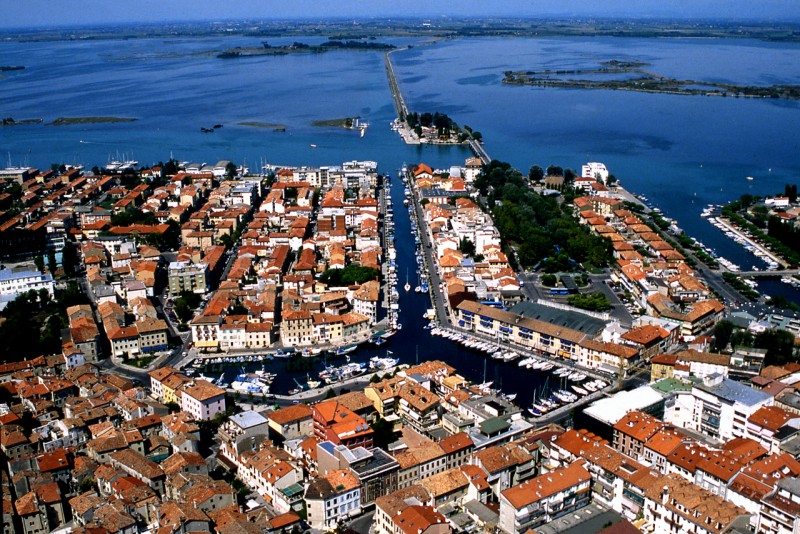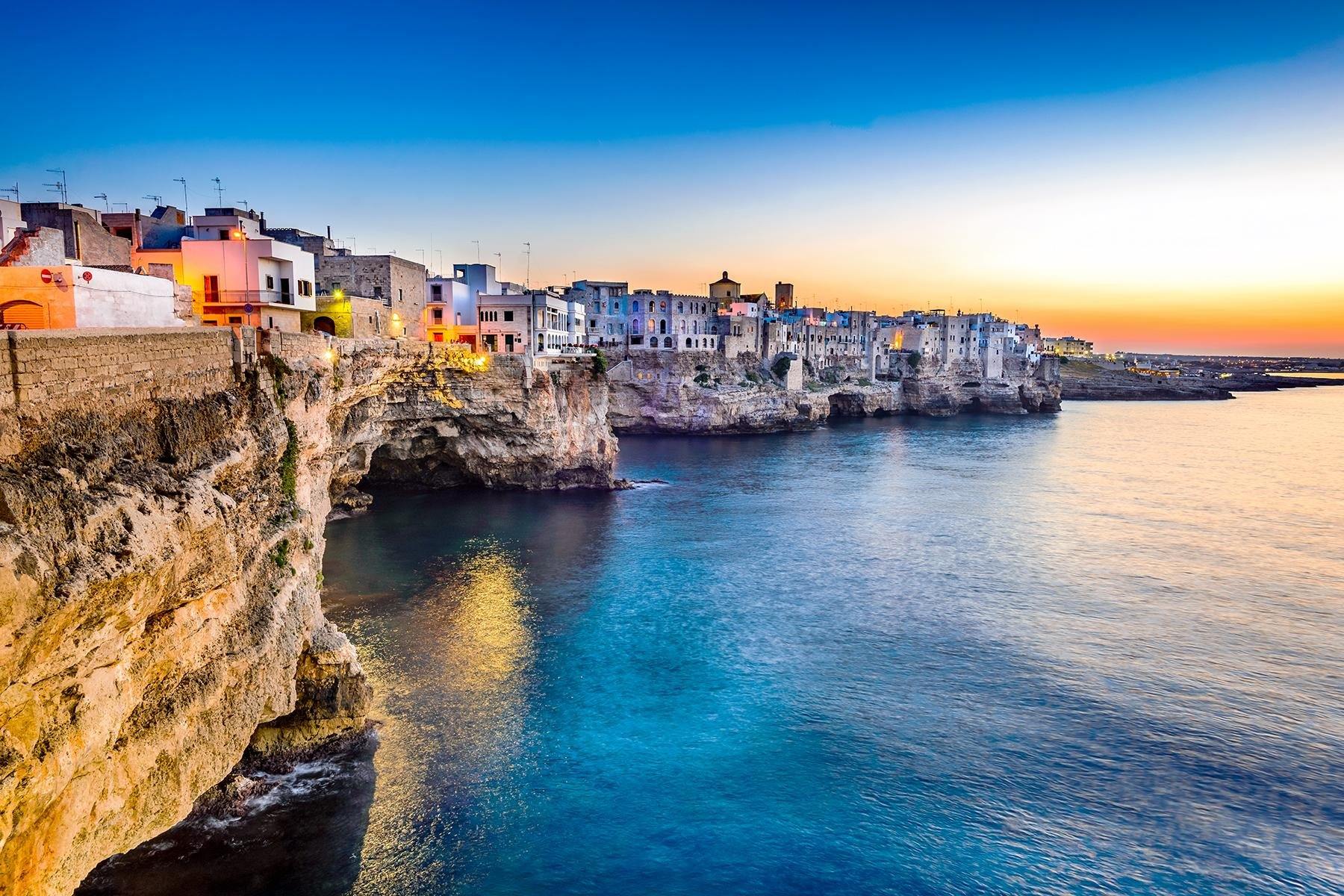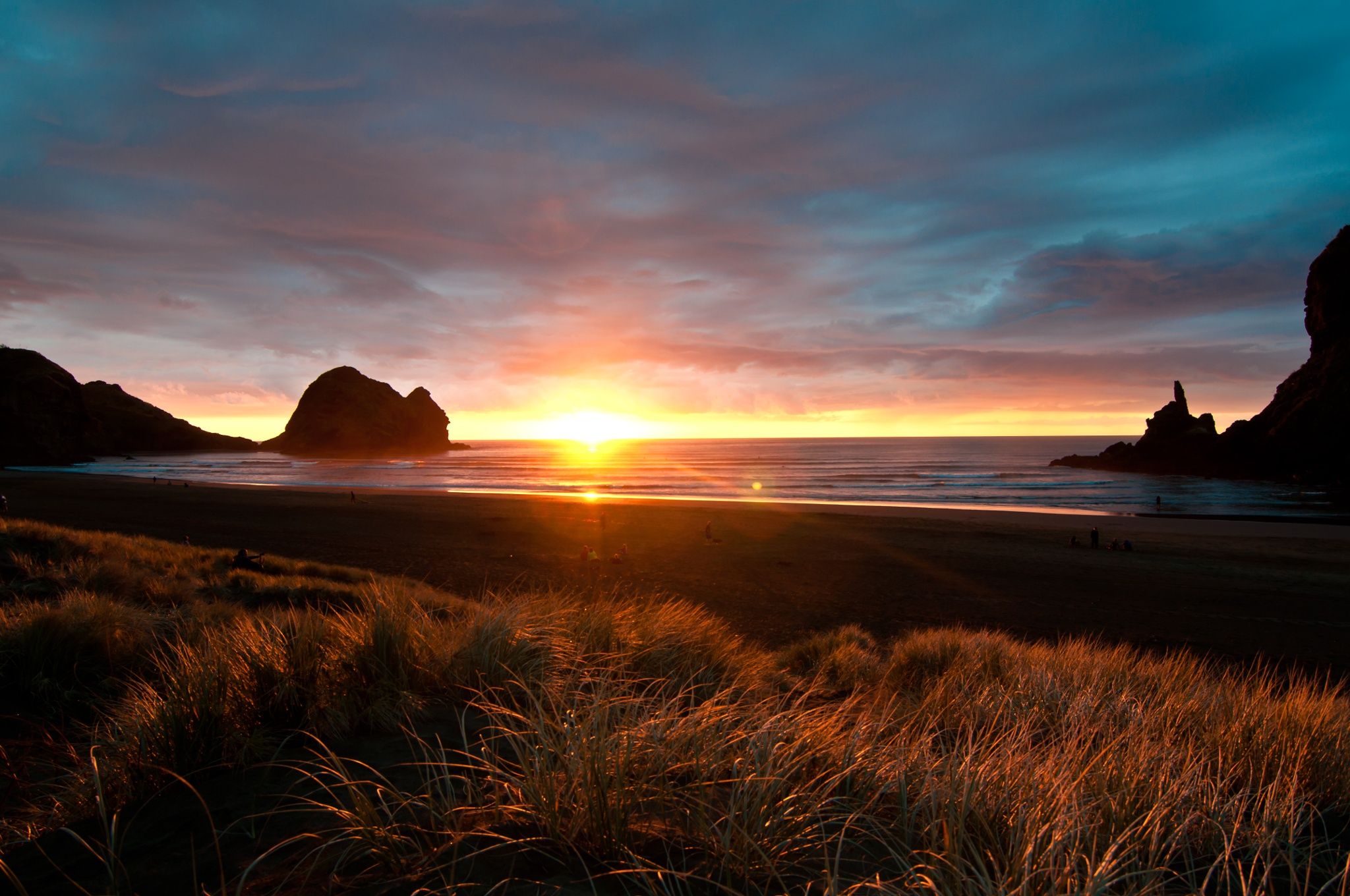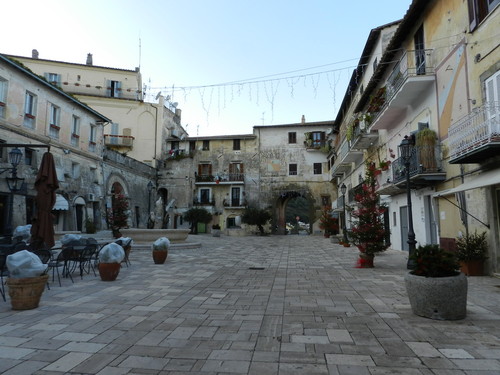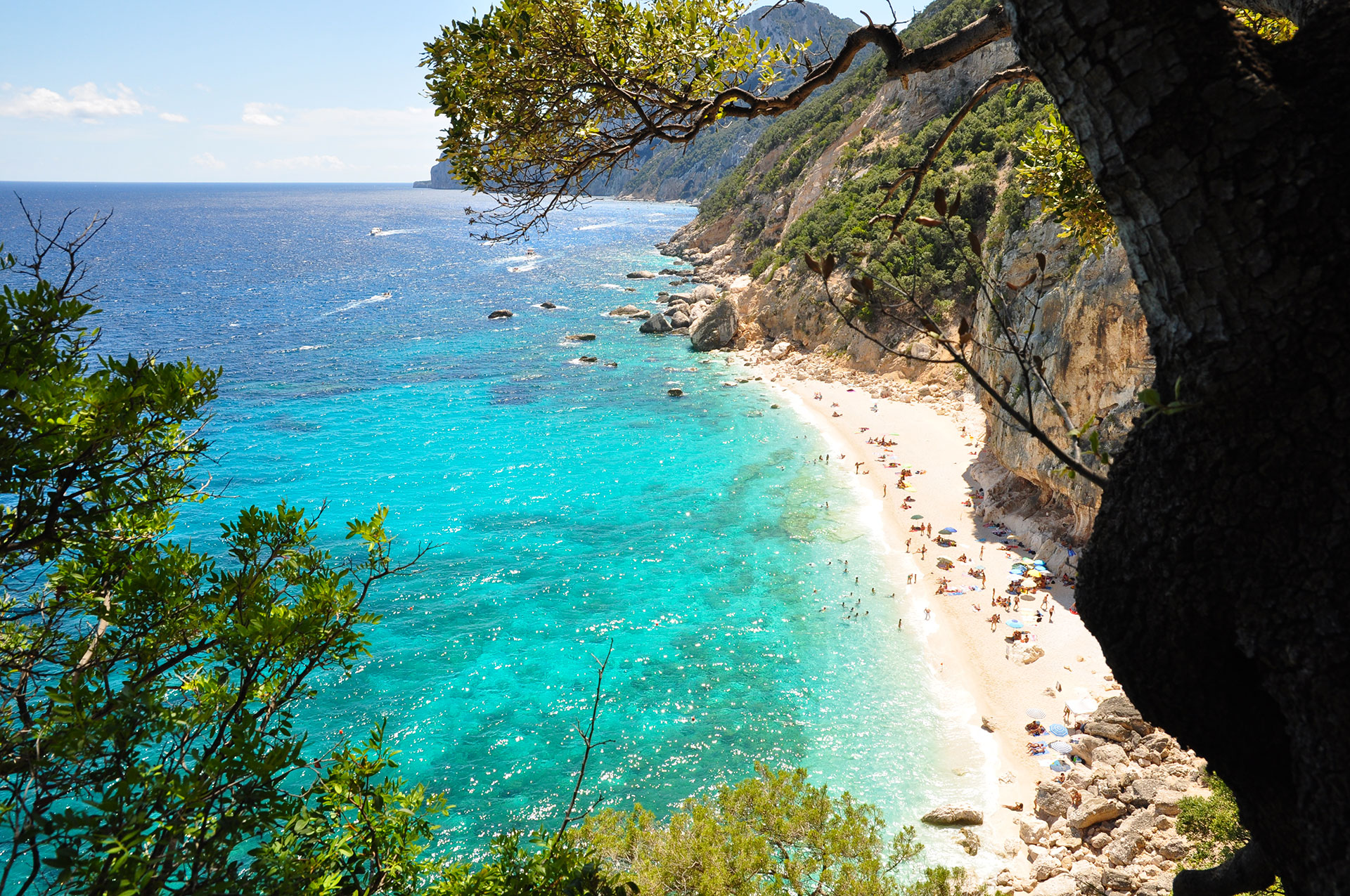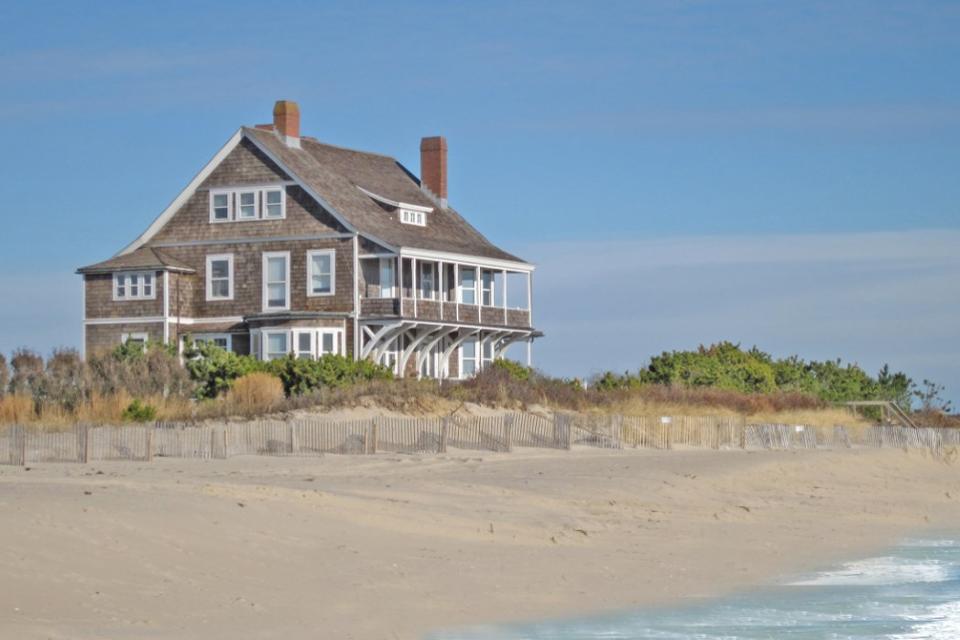There are traces of human settlements in the Karst area dating back to the fourth millennium B.C., but the town of Grado originated as a seaport of the city of Aquileia in 181 B.C.
In the 5th century, to escape barbarian raids, the people of Aquileia took refuge on the Island of Grado, which, immersed in the lagoon, provided an ideal place to hide from peoples unfamiliar with the sea.
In 568, when the Lombards arrived, the Aquileian patriarch also fled to Grado, establishing there an autonomous patriarchate that continued until 1451, when the title passed to Venice.
After a period of wealth and prestige, Grado lost its primary role to Venice and remained in the shadows until 1800 when it was rediscovered thanks to the therapeutic virtues of its waters and sands.
Grado becomes, thus, a cultural center of reference for the European Beautiful World and begins to be assiduously frequented by wealthy bourgeois tourists, artists and the nobility.
Grado was connected to the mainland by a scenic road in 1936, but it was not really "reborn" until after World War II, when a strong influx of tourists began, which would lead the Island of the Sun (so named for its beautiful beaches) to further development.
Today Grado offers its guests the charm of a perfectly manicured historic center, an enchanting lagoon that stretches for 25 km, beaches with golden sand, a clean and safe sea bed, a lively town center full of pedestrian areas, and bicycle paths to get to know the beauty and charms of the Island at its best.
